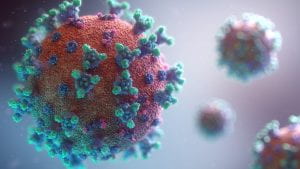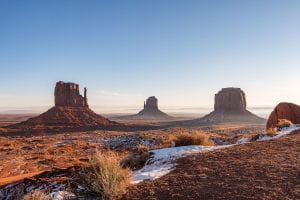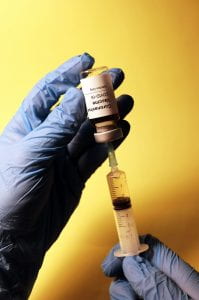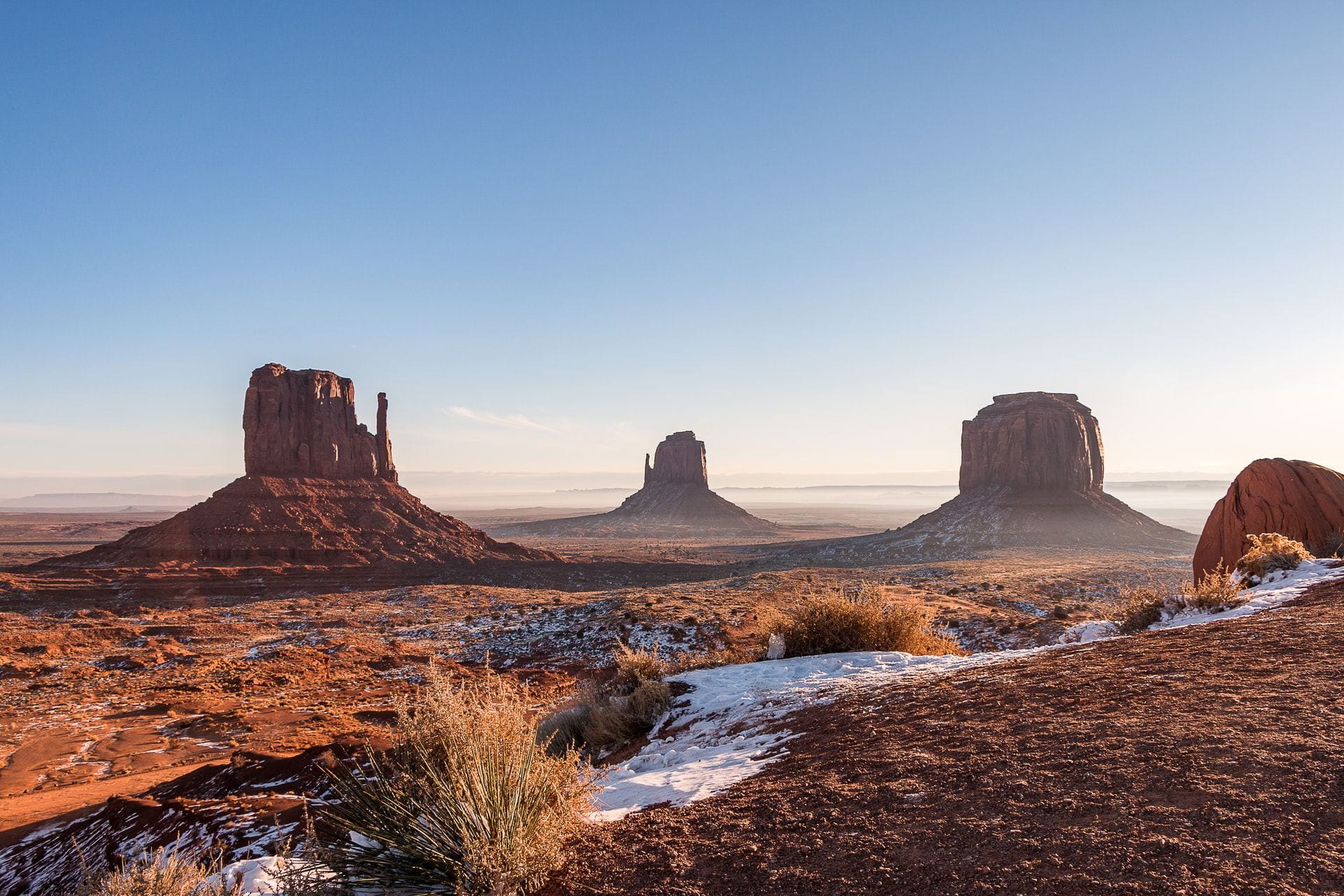In retaliation to a day celebrating the world’s best-known colonizer, the infamous Christopher Columbus, on October 11th, Indigenous People’s Day highlights the culture, struggles, and history of America’s indigenous population. A silent struggle, however, persists: disease.
Native Health Disparities in COVID
The early 1600s brought to America the infamous two Gs—guns and germs—the latter proving the most deadly as bouts of influenza took a toll on Native American populations across what is now the United States. In the age of modern medicine, it comes as a surprise that disease still wreaks havoc on America’s indigenous population. The ongoing COVID-19 pandemic is no exception.
While COVID-19 holds a dizzying death count as its trophy, the disproportionate difference between white people and minorities, including Native Americans, is staggering. In fact, Native Americans can experience anywhere from 3 to 4 times the risk of dying from COVID-19 as compared to their white counterparts.

Funding the Indian Health Service
This vast gap is a reflection of poor medical and public health services for Native Americans. Health disparities that plague the Native population include diabetes, heart disease, and rates of addiction to harmful substances. These follow a similar pattern of COVID-19 with Natives being more likely to experience these chronic conditions compared to all other racial categories. These disparities could potentially be alleviated by greater equity in access to medical and public health services, but a fundamental issue in providing this care lies in Native sovereignty. As determined by Worcester v. Georgia, 31 U.S. 515, Native American land, or reservations, are considered sovereign land. While at face value this seems to be a win empowering Natives and acknowledging their right to the land that was once theirs, it creates a vacuum of public services.
Encapsulated by possessors of what was once their land, Native health and well-being are bound by the constraints of the state. A lack of widespread taxes, natural resources, and human resources leaves the reservations reliant upon the ‘external’ state of America for support and sustenance. Most money generated on reservations largely consists of gambling and casino money—practices usually outlawed in the surrounding states. This money only goes so far in providing for the tribe as money often stays within certain families, leaving the rest of the reservation in high rates of poverty. Thus, the main provider of health care for nearly 2.2 million members of the tribal communities, the Indian Health Service, is funded by American tax dollars. And yet, the IHS’s hospital system is severely underfunded and understaffed. The main mechanism created to fight disease seems designed to fail. In this sense, disease continues to persist as a remnant of colonialism, which directly violates the fundamental human rights to accessible health care and to acceptable standards of living.

Vaccination Rates on the Reservation
The only light at the end of the tunnel is the rapid rate of Native American vaccination against COVID-19. While co-morbidities and co-mortalities make it such that if COVID is contracted, Natives will be more susceptible to death, the COVID-19 vaccine acts as an equalizer. Once vaccinated, the likelihood of death by COVID-19 significantly decreases.
Native American tribes have been able to boast proud levels of herd immunity with large tribes like the Navajo Nation at roughly 70% fully vaccinated as of May 2021. This commendable statistic is a result of rallied community effort. Cultural values of supporting the elderly and a strong sense of family and allegiance to the tribe—values typically highlighted in Indigenous People’s Day—worked in favor of creating a climate in strong support of vaccination and vaccine acquisition.

Looking Ahead
While the tide has turned in favor of Native Americans, preventing them from being labelled as another health disparity statistic in COVID-19, it is important to remember and to look towards long-term health care equity and solutions for Natives. While increasing funding for the IHS is certainly a good starting point, robust public health interventions and funding for community programs is necessary. Funding dollars from the top could in theory trickle down, but grassroot rallying and support for public health interventions in a community where cultural values of togetherness and unity already exist could prove to be the needed impetus for transforming not only health care access and quality for the Native American population but also general standard of living that leads to health baselines which are robust to disease.

